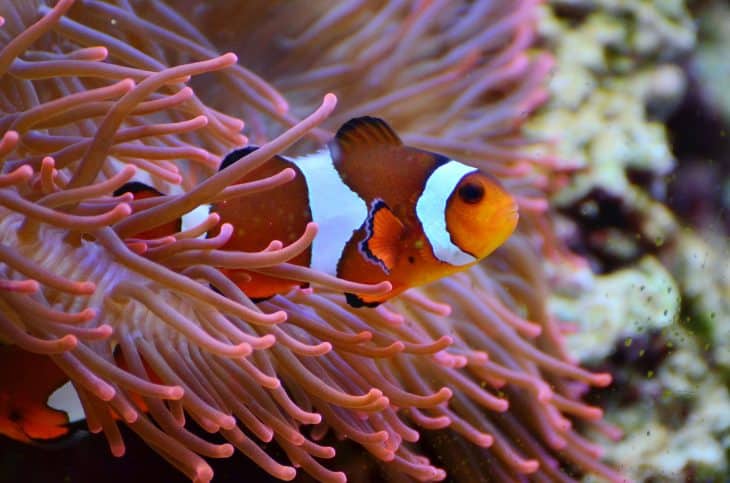
- Scientific Name: Amphiprioninae
- Classification: Actinopterygii
- Family: Pomacentridae
- Habitat: Tropical coral reefs
- Diet: Omnivore
- Reproduction: Males become female to breed
- Size: 4-7 inches
- Predators: Fish, eels, sharks
- Lifespan: 4-8 years
- Types: 28
- Types: There Are 28 Species of Clown Fish
- Habitat: Clown Fish Are Immune to Certain Dangers
- Reproduction: All Clown Fish Are Born Male
- Reproduction: Clown Fish Reproduce Very Quickly
- Diet: Clown Fish Are Omnivores
- Predators: Clown Fish Have Several Predators
- Appearance: Not All Clown Fish Are Orange
- Conservation: Clown Fish Are Not Currently in Danger of Extinction
- Behavior: Clown Fish Are Surprisingly Poor Swimmers
- Domestication: Clown Fish Are Extremely Popular Pets
- Nemo is Probably the World’s Most Famous Clown Fish
- Aggressive Clown Fish Yell at Each Other
- Clown Fish Live Twice as Long in the Wild as in Captivity
- Clown Fish and Sea Anemones Are Best Friends
- Clown Fish Have a Disease Named After Them
- You Might Be a Clown Fish… According to the Chinese Zodiac
- Clown Fish Don’t Go Out to Eat
Clown Fish Facts Infographics
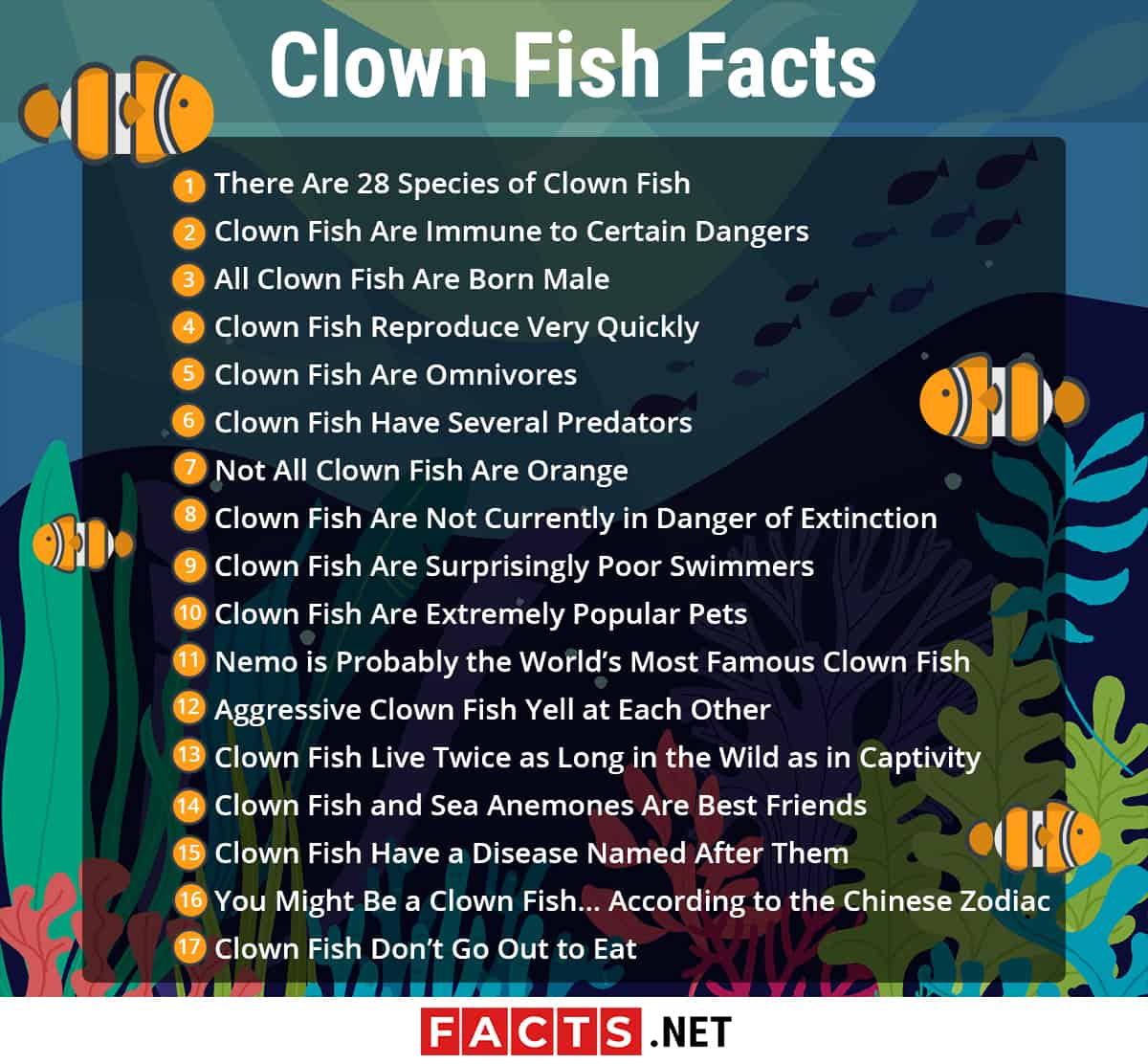
There Are 28 Species of Clown Fish

There are 28 recognised species of anemone fish, or clown fish, according to clown fish facts. They are mostly found in tropical coral reefs in the Indian and Pacific Oceans. The clown fish can be found as far north as the Red Sea and is a popular fish people like to see when exploring the famous Great Barrier Reef off the east coast of Australia. Clown fish are almost a guaranteed exhibit at any aquarium and are a common addition to many household aquariums as well.
Clown Fish Are Immune to Certain Dangers
Sea anemones are predatory animals that spend most of their time attached to rocks at the bottom of the sea. They also live on coral reefs. They wait for fish to come by and get close enough for them to strike them with their venom-filled tentacles.
Clown fish – somewhat surprisingly – make their homes in these sea anemones but they are immune to the stings these creatures produce. They actually find safety in the sea anemones from other predators who don’t notice that they are there.
All Clown Fish Are Born Male
One of the more interesting clown fish facts tells us that all clown fish are born male. Clown fish live in groups. Each group has one breeding male, one breeding female and several younger male clown fish. When the breeding female dies, the breeding male becomes the breeding female, while one of the younger males steps up to become the breeding male. Some clown fish may never transform to be a female and remain less dominant males that never breed.
Clown Fish Reproduce Very Quickly
A female clown fish will lay her eggs on a flat surface, usually near the sea anemone that the group calls home. A female clown fish can lay hundreds or even thousands of eggs at one time. Each species is a bit different. Clown fish time their breeding with the cycles of the moon. The female will only lay her eggs at the same time the moon is full. The male clown fish will then guard the eggs until they hatch, which only takes a little more than a week.
Clown Fish Are Omnivores
Clown fish facts tell us that these animals are omnivorous. This means that their diet consists of both plant and animal food sources. A clown fish will eat algae, plankton, small crustaceans and mollusks. The diet of a clown fish depends on their species and what sources of food are available. Many clown fish will wait for the sea anemone to attack its prey and, after the sea anemone is done eating, a clown fish will eat any food that remains.
Clown Fish Have Several Predators
Clown fish need to always be on the lookout, as they have many natural predators. Luckily, clown fish are difficult to catch because they often hide in the sea anemone that they live in. Most other sea creatures will avoid the sea anemone, but many species of fish, sharks and eels will eat a clown fish if the opportunity presents itself. Clown fish mostly have to worry about humans though, who catch them to sell to aquariums, pet stores and households.
Not All Clown Fish Are Orange
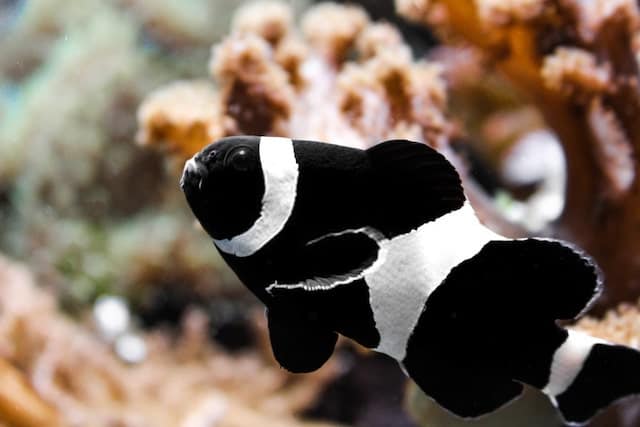
As previously stated in our list of facts, there are 28 species of clown fish throughout the world. Most people are familiar with the small orange fish with white and black stripes, but there are actually many different colours associated with clown fish. Clown fish can be found in shades of red, pink, yellow and even green. For the most part, the stripes remain white. Their size and shape can also differ from species to species.
Clown Fish Are Not Currently in Danger of Extinction
Even though there is much concern about the state of the oceans as pollution increases and water levels are changing, the clown fish have so far remained resilient. This is mainly because the female lays so many eggs at one time. Even though not all of the eggs will hatch and not all of the young clown fish will survive, there are plenty of clown fish that hatch in every spawn. This keeps the clown fish population very high. Aquariums and breeders also keep the population in good standing.
Clown Fish Are Surprisingly Poor Swimmers
One of the more surprising facts on this list tells us that these fish are certainly not the best swimmers in the ocean. They spend much of their time hiding in the sea anemone they live in. When they do venture out, their swim patterns are very erratic. They are known to swim sideways at times and, while they can swim quickly for short burst, they can’t keep up this speed to avoid a predator for too long. They rely on their habitat for protection rather than their swimming skills.
Clown Fish Are Extremely Popular Pets
Clown fish facts tell us that clown fish account for almost half of all global marine ornamental trade. Some 25% of these fish come from breeders while just under 25% are sourced from the wild. Some clown fish adjust to captivity better than others. The maroon clown fish is known to become very aggressive when captured but the false percula clown fish adjust quickly, especially when placed with fish of the same species. There are some species of clown fish that should not be mixed together in an aquarium.
Nemo is Probably the World’s Most Famous Clown Fish
Clown fish become incredibly popular after the extremely successful children’s movie Finding Nemo was released. The main character was a clown fish who became separated from his father. Audiences fell in love with the fish and interest in owning one spiked. Aquatic stores and fish breeders experienced a large increase in the popularity of the clown fish. Unfortunately, many people who purchased their first clown fish after seeing the film did not realise the work involved in caring for such a fish and many of the clown fish died.
Aggressive Clown Fish Yell at Each Other
Overall, clown fish are fairly aggressive, according to clown fish facts. They are incredibly territorial and have been known to engage in conflict with each other. Male clown fish will produce a ticking noise. They do this with the help of teeth that are aligned in their throat. They can also create pulse noises on occasion, but this is not an aggressive sound. A female clown fish will only produce aggressive sounds. There is more evidence of aggressiveness in aquariums than in the wild, where there is more space.
Clown Fish Live Twice as Long in the Wild as in Captivity
It can be incredibly difficult to create the perfect environment for a clown fish in an aquarium at home. A professional aquarium is a better place for clown fish that have been captured. But, if you do prefer to have clown fish at home, it is important to know that this will usually shorten their life. Clown fish facts tell us that these fish will usually only live up to the age of 5 years in an aquarium while they can live up to 10 years in the wild.
Clown Fish and Sea Anemones Are Best Friends
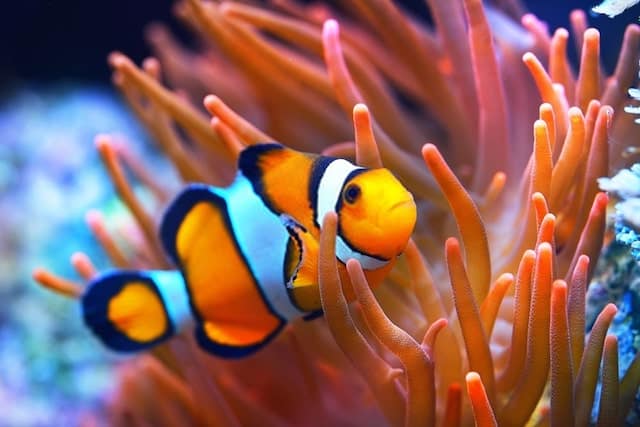
It is known that the clown fish benefit from the sea anemone because they are provided with protection from predators, but the clown fish also return the favour and help the sea anemone. The clown fish will helpfully eat any of the tentacles that die on the sea anemone. The clown fish also help to attract food sources to the sea anemone, just by swimming. The fast movement of their fins increases the aeration of the water and brings in more food.
Clown Fish Have a Disease Named After Them
Clown fish facts tell us to be on the lookout for a disease called Brooklynella when caring for clown fish. Many fish can get this disease, which is a type of saltwater condition caused by an infestation that gets into the gills of the fish. Brooklynella is actually called Clown Fish Disease by some because it is so easy for them to become infected. If you have a clown fish and notice a thick white mucus beginning to cover the body of your fish, you should look into treatment options immediately.
You Might Be a Clown Fish… According to the Chinese Zodiac
If you have the Tropical Sun sign of Libra and was born during the Chinese Zodiac Year of the Sheep, you are classified as a Clown Fish. Clown Fish are described as peaceful, creative and elegant individuals who have good taste when choosing friends. They keep a sophisticated appearance and have neat and organised homes. They are polite and have good manners but also usually suffer from social anxiety and are a bit insecure. They need love and approval to thrive.
Clown Fish Don’t Go Out to Eat
There are many restaurants that have “clown fish” in their name. But chances are, you won’t find clown fish on the menu, according to clown fish facts. Some countries do indulge and enjoy eating these fish, but, for the most part, they are only for viewing. Part of the reasoning is that these fish are very small and wouldn’t have much to offer from a nutritional perspective. Some clown fish are only 2 inches long, while other species can be nearly 8 inches long.
Clown Fish Facts – Facts about Clown Fish Summary
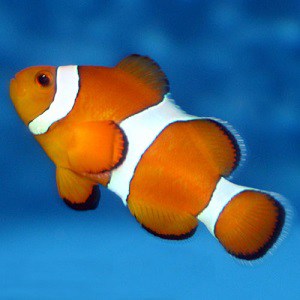 Clown fish facts will tell you all about these well-known fish, including details of where they live, what they eat, what eats them and how they protect themselves. Learn what is involved in getting a clown fish for your home and the challenges that could arise. Discover how pop culture affected this fish and made it one of the most recognised fish in the ocean.
Clown fish facts will tell you all about these well-known fish, including details of where they live, what they eat, what eats them and how they protect themselves. Learn what is involved in getting a clown fish for your home and the challenges that could arise. Discover how pop culture affected this fish and made it one of the most recognised fish in the ocean.




Was this page helpful?
Our commitment to delivering trustworthy and engaging content is at the heart of what we do. Each fact on our site is contributed by real users like you, bringing a wealth of diverse insights and information. To ensure the highest standards of accuracy and reliability, our dedicated editors meticulously review each submission. This process guarantees that the facts we share are not only fascinating but also credible. Trust in our commitment to quality and authenticity as you explore and learn with us.
